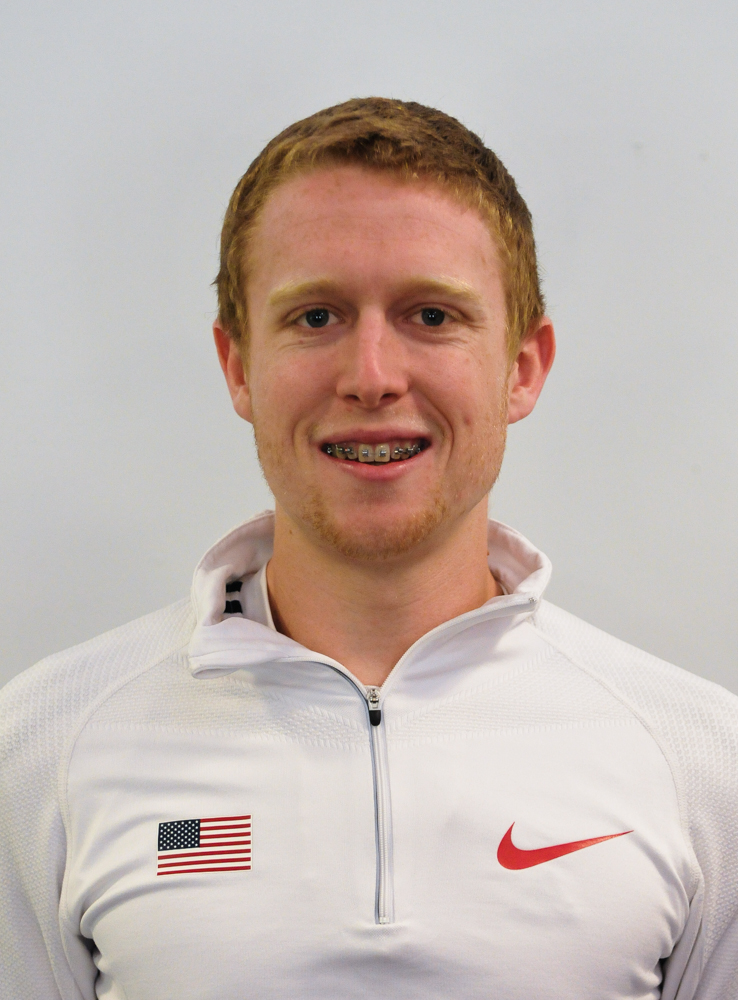As I was watching what turned out to be a thrilling national title matchup between UConn and Kentucky a few nights ago, there was one thing in particular that stood out to me.
And no, it wasn’t James Young’s JerryWorld-shattering dunk, nor was it Shabazz Napier’s step-back daggers.
Coach Kevin Ollie’s composure was impressive, but that’s still not it. Was it the barely above-average announcing from Nantz, Kerr and Anthony on CBS? Nope. But you’re getting warmer.
What stuck out to me the most — as it had for the entire NCAA Tournament — was the electronic banner that ran along the scorers’ bench reading “Celebrating student-athletes.” The message furnished by the NCAA and its corporate partners was front and center and just emphasized to me that no matter how many logical arguments to replace the current system are thrown their way or how many lawsuits pile up on their attorneys’ desks, Mark Emmert and company will doggedly hold on to the existing student-athlete model until someone pries it from their hands.
And who would blame them? As constituted, the NCAA’s business model allows its administrators to rake in millions of dollars in annual compensation while the athletes get nothing. Zero. Zilch. Nada. To preempt the obvious counterargument: a scholarship is not compensation; it is an employment contract. Free clothing and footwear are nothing but brand exposure. The admissions process amounts to little more than a background check. Collegiate athletes are not just students; they are employees working for their universities — ultimately lining the pockets of overseers like Emmert. To argue anything to the contrary is to have an agenda.
But finally, at long last, the unfairness and inherent contradictions of the NCAA’s “student-athlete” system may slowly be starting to change.
In a landmark decision last month, Region 13 of the National Labor Relations Board paved the way for football players at Northwestern University to unionize. This case comes in the wake of mounting external pressure on the NCAA to reconsider the amateur status of its athletes, including the impending Ed O’Bannon lawsuit and Jeffrey Kessler’s recently filed anti-trust litigation. All of these legal proceedings have cast an ever-darkening shadow on the NCAA, which has increasingly come under fire for what I feel are utterly unjust rules preventing athletes from profiting of off their performance and likenesses.
Despite the withering criticism, Emmert and his cronies have stood firm. In a press conference preceding the men’s Final Four, the NCAA’s boss remarked that the unionization of collegiate athletes would be a “grossly inappropriate” method to amending the existing system.
I’ll tell you what’s grossly inappropriate: putting young men on a stage in the middle of a billion-dollar playpen with millions of eyes watching their every move and then dispossessing them of the exorbitant profits their blood, sweat and tears bought.
It’s grossly inappropriate when Napier claims that there are “hungry nights that I go to bed starving.”
It’s grossly inappropriate when athletes put so much time — 40, 50, 60 hours a week in some cases — into their job of competing for their university that it’s simply impossible to have another job that covers the expenses a scholarship doesn’t.
It’s grossly inappropriate when this writer can’t be an extra in a movie about running because such participation would endanger his eligibility. Thanks, NCAA, for robbing me of a once-in-a-lifetime opportunity.
But is unionizing the best option to rectifying these injustices? Perhaps. Unionizing — legally requiring athletes to have a seat at the negotiation table — is one way to provide collegians with the voice they deserve. However, it will be an arduous, long process before all NCAA athletes gain representation.
Meanwhile, Emmert and his boys will “celebrating student-athletes” all the way to the bank.
Cameron Miller will never forgive the NCAA for robbing him of the chance to be “Frat Brother #17” in the blockbuster hit “Spring Breakers.” Suggest other ways to connect with Selena Gomez and company at cmiller6 ‘at’ stanford.edu and Tweet him at @camerunmiller.
